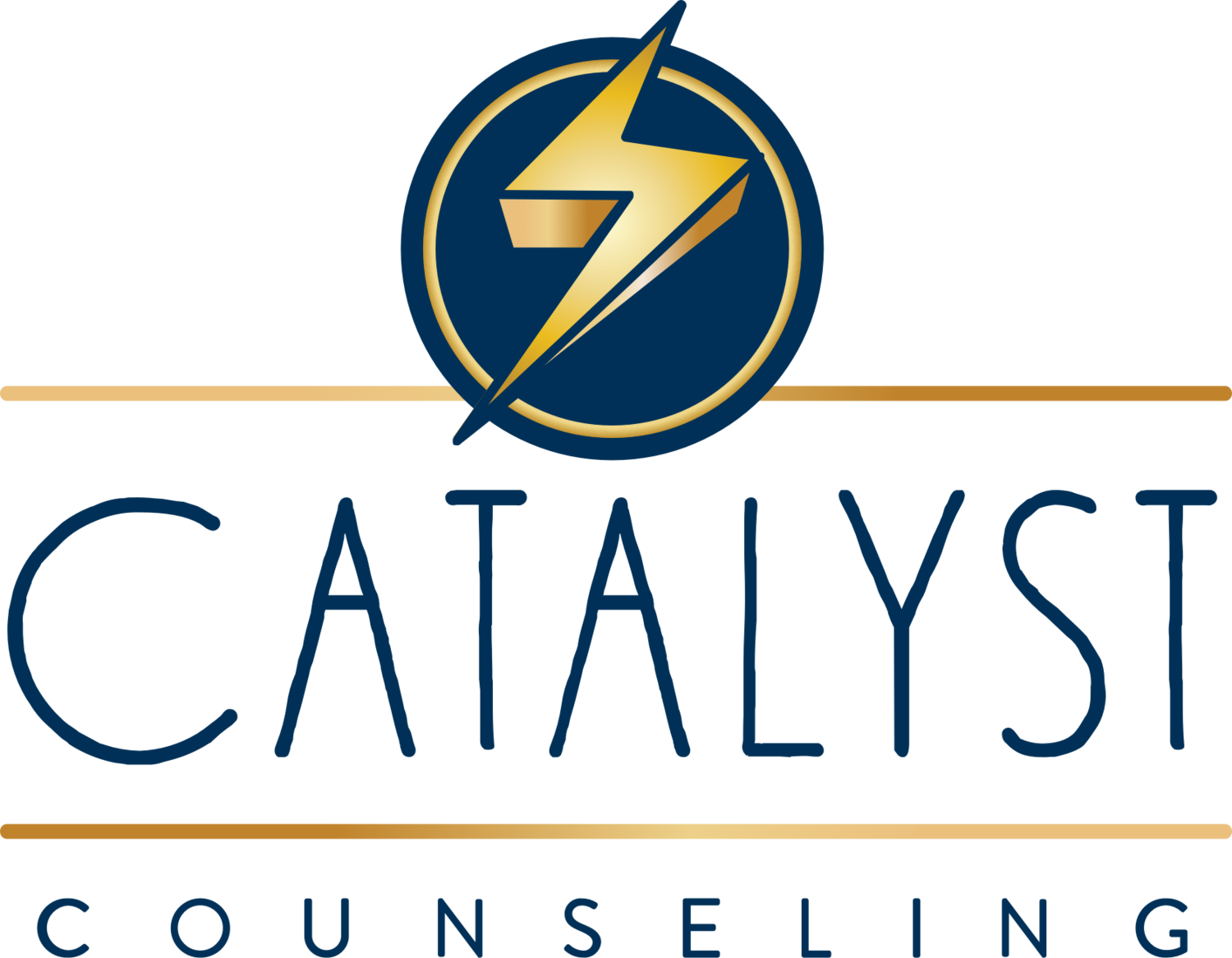Stages of Change
Have you ever really wanted to change something in your life, but it didn’t work out the way you planned? Maybe eat healthily or exercise more often or getting out of a bad habit. You made some attempts to change, but in the end you weren’t successful and you felt like shit. Yeah, we got you.
When we study behavior what we are studying is how we get to our goals. Through getting to our goals we talk about the stages of change (or a fancier term with more syllables is the trans theoretical model).
One of the best-known approaches to change is the Stages of Change or Transtheoretical Model, introduced in the late 1970s by researchers James Prochaska and Carlo DiClemente. In this model, change occurs gradually and relapses are an inevitable part of the process. People are often unwilling or resistant to change during the early stages, but they eventually develop a proactive and committed approach to changing a behavior. This model demonstrates that change is rarely easy. It often requires a gradual progression of small steps toward a goal.
Whether it’s losing weight, waking up early, eating healthy, or changing careers knowing what happens through your mind can give you the self compassion to move forward.
Let’s break it down in…..stages
The first stage is called the PRECONTEMPLATION stage. This is the stage where you’re really not thinking about changing and it hasn’t become something either worthy of changing or that you even considered. It hasn’t been brought to your attention.
Next stage is the (you guessed it) CONTEMPLATION stage. You’ve read an article, read a book, had a talk with the friend, had a talk with your partner, had a talk with your physician. You begin to put consider the pros and cons of making a lifestyle change. You’re actively thinking about it, thinking about the reasons for change, and the reasons to sustain the status quo.
The next stage is PLANNING stage, and this is when you have looked at your decisional balance and thought that there are more good things about changing than not so good things about changing. So you begin to think about and plan for what steps you need to attain this goal. This is when you research what you may need to attain these goals as well, maybe it’s a consultant, maybe it’s joining a gym, maybe it’s figuring out what aids there are for quitting smoking, maybe it’s figuring out what journal and pen you would like to purchase to start journaling. At this stage you are emotionally and physically getting ready to make changes. At this stage we build self efficacy and pull out our strengths that are inherent within us and visualize ourselves accomplishing goals that we have realistically contemplated the pros and cons for.
Now stage four is the ACTION stage. Here you are determined and prepared for the change. Here you even begin to change. Even though there may be hurdles and barriers that get in your way, you can pluck out the feelings that you’ve experience thus far and start again. Understanding these barriers and hurdles before you begin the action stage is super helpful as well so that you can play these out ahead of time so when you encounter it, as we so often do, we feel more prepared.
When you have consistently maintained this lifestyle change whether it’s exercise, journaling, smoking cessation, less drinking, perfectionism, or any sort of health behavior change, you are in the ever fifth stage called MAINTENANCE. The emotional and physical support you receive during the maintenance stage will help lessen or prevent relapse and will keep you on the healthy trajectory.
We all have behaviors that we want or need to change. Using behavioral science to understand the change process will help you be more successful with whatever it is that you wanting to change.






